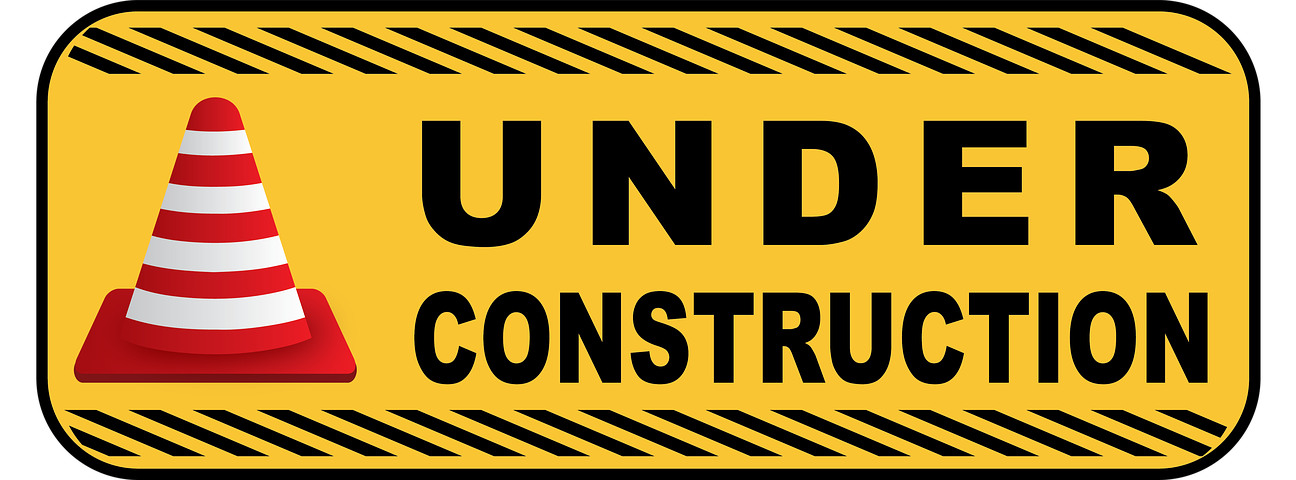What is a "Scientific Journal" ?
 Some parts of this site are currently incomplete & will be updated asap
Some parts of this site are currently incomplete & will be updated asap
Other parts will change continually so use “Refresh” in your browser !!
There is extensive use of “Tooltips” text to support learning which do not seem to render on a Smartphone, so this site is best viewed via a computer’s HD monitor
Learning -> Resources Available, All Work is Subject to DHRF's "GD"
A Scientific Journal is a part of “Scientific Literature”…
“Scientific literature comprises academic papers that report original empirical and theoretical work in the natural and social sciences. Within a field of research, relevant papers are often referred to as “the literature”. Academic publishing is the process of contributing the results of one’s research into the literature, which often requires a peer-review process”
The Role of the Scientific Journal
“Original scientific research published for the first time in scientific journals is called the primary literature. Patents and technical reports, for minor research results and engineering and design work (including computer software), can also be considered primary literature” Source: Wikipedia
“In academic publishing, a scientific journal is a periodical publication intended to further the progress of science, usually by sharing findings from research with readers. They are normally specialized based on discipline, with authors picking which one they send their manuscripts to”
“There are thousands of scientific journals in publication, with one estimate from 2012 indicating that there were 28,100 that were active, and many more have been published at various points in the past (see list of scientific journals). Most journals are highly specialised, although some of the oldest journals such as Science and Nature publish articles and scientific papers across a wide range of scientific fields. Scientific journals contain articles that have been peer reviewed, in an attempt to ensure that articles meet the journal’s standards of quality and scientific validity”
“Although scientific journals are superficially similar to professional magazines (or trade journals), they are actually quite different. Among others, scientific journals’ papers’ authors are experts who must cite everything (and have a bibliography). They also deal with research, and are peer reviewed”
https://en.wikipedia.org/wiki/Bibliography
“English author and bibliographer John Carter describes bibliography as […] a list of books for further study or of works consulted by an author (or enumerative bibliography)…“
https://en.wikipedia.org/wiki/Citation
“A citation is a reference to a source. More precisely, a citation is an abbreviated alphanumeric expression embedded in the body of an intellectual work that denotes an entry in the bibliographic references section of the work for the purpose of acknowledging the relevance of the works of others to the topic of discussion at the spot where the citation appears”
“Generally, the combination of both the in-body citation and the bibliographic entry constitutes what is commonly thought of as a citation (whereas bibliographic entries by themselves are not)”
In view of DHRF’s commitment to support learning, there is a much higher “learning content” in the Research Work Streams than would otherwise be the case… Please be aware of that ↩